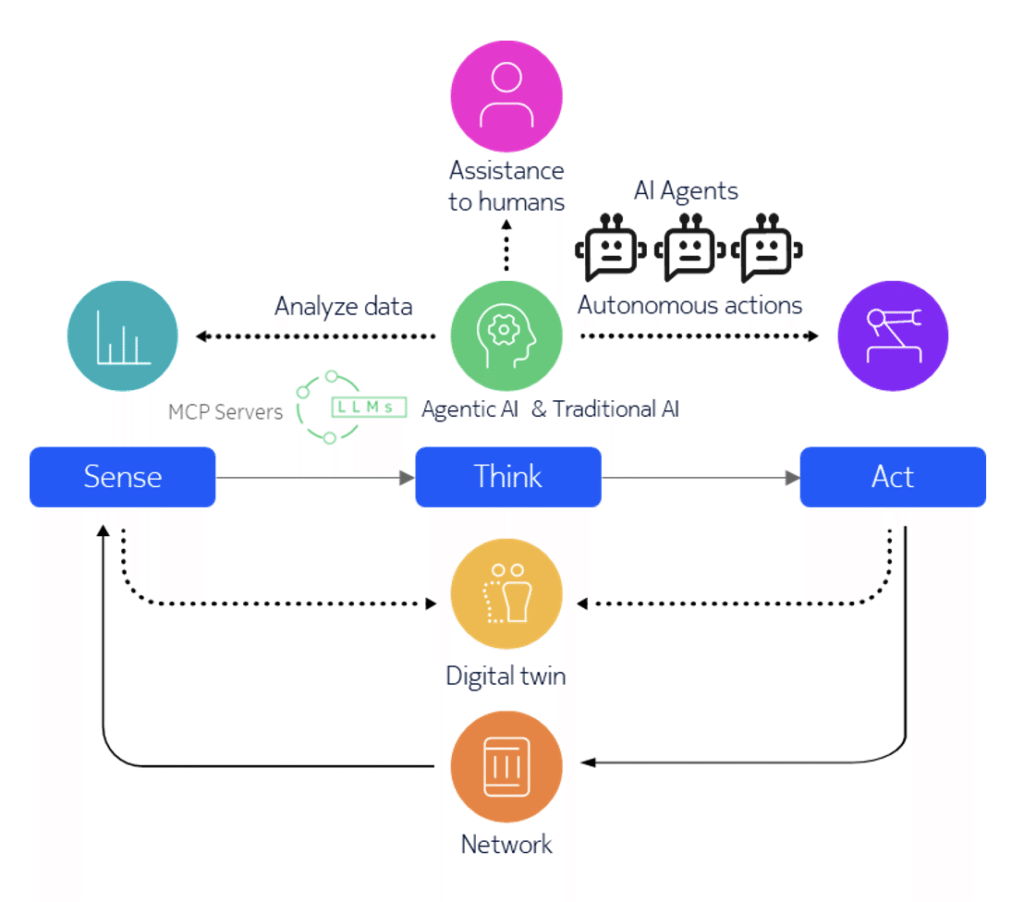
"Machine learning (ML) added intelligence to that foundation. By analyzing vast volumes of telemetry, ML models can detect anomalies, identify performance trends, and predict failures before they occur. They're invaluable for pattern recognition and forecasting. But both approaches have limits. Rules can't adapt to new or ambiguous scenarios. ML can identify a pattern but doesn't grasp the context or causality behind it. In complex networks, in which symptoms span multiple domains (optical, IP, and access), troubleshooting often requires more: the ability to reason."
"AI agents, powered by large language models (LLMs) and domain-specific intelligence, bring that reasoning layer. They can interpret alarms, correlate data across layers, test hypotheses, and determine the best corrective actions, all while continuously learning from outcomes. Where rule engines execute predefined actions and ML models predict what might happen, AI agents can think through scenarios and decide what should happen next."
Telecom operations have relied on rule-based automation for routine tasks and on machine learning for anomaly detection, trend identification, and predictive maintenance. Rule engines provide deterministic, consistent actions while ML excels at pattern recognition and forecasting. Both approaches have limitations: rules cannot adapt to novel or ambiguous scenarios, and ML lacks contextual understanding and causal reasoning. Modern AI agents, built on large language models and domain intelligence, add a reasoning layer that can interpret alarms, correlate cross-layer telemetry, test hypotheses, determine corrective actions, and learn from outcomes. Agentic AI enables proactive, context-aware troubleshooting across optical, IP, and access domains.
Read at Telecompetitor
Unable to calculate read time
Collection
[
|
...
]